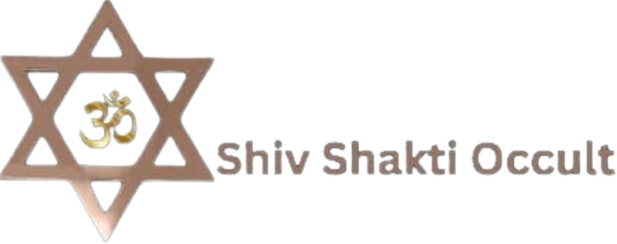In a course on tea leaf reading or tasseography, participants typically learn:
- History and Origins: The course begins with an exploration of the history and origins of tea leaf reading, including its cultural significance and evolution over time. Participants learn about different cultural traditions and practices related to tasseography, spanning regions such as Asia, the Middle East, and Europe.
- Preparation and Ritual: Students learn about the preparation and ritual involved in tea leaf reading, including how to brew tea, pour it into a cup, and drink it in a mindful manner. They explore the importance of intention-setting and creating a sacred space for the reading.
- Symbolism and Interpretation: The core focus of the course is on interpreting the patterns, shapes, and symbols formed by the tea leaves in the cup. Participants learn about common symbols and their meanings, as well as how to discern intuitive insights and messages from the patterns. and many more.
Overall, a course on tea leaf reading provides participants with the knowledge, skills, and practical experience to interpret the patterns and symbols in tea leaves and offer insightful guidance and wisdom to themselves and others.
